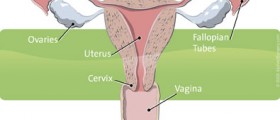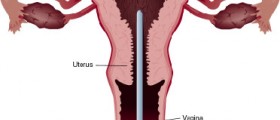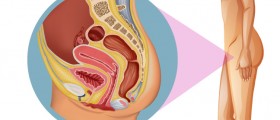
What causes endometrial hyperplasia?
Generally, it is the lack of the hormone progesterone, and a resulting domination of the hormone estrogen. During a normal and functional menstrual cycle, the lining of the uterus, which consists of several layers, is partially cleaned out to prepare for the next cycle. Women who have endometrial hyperplasia may miss out on the progesterone phase of the cycle, which makes the lining continuously thick. Heavy, prolonged and painful periods are common. Others experience irregular periods or a lack of menstruation. Estrogen replacement therapy may cause these changes, and it alone can result in a thickening of the uterine lining.
The diagnosis of endometrial hyperplasia is made through an endometrial biopsy. A curettage may be carried out in order to obtain a sample. Because endometrial hyperplasia represents a significant risk of cancer, a hysterectomy is recommended in some cases. In most cases however, hormone replacement therapy is a good treatment option. Before you consent to a hysterectomy, discussing the individual treatment options with your healthcare provider is a good idea the cure depends on the level of endometrial hyperplasia, as well as the underlying causes.

















Your thoughts on this
Loading...